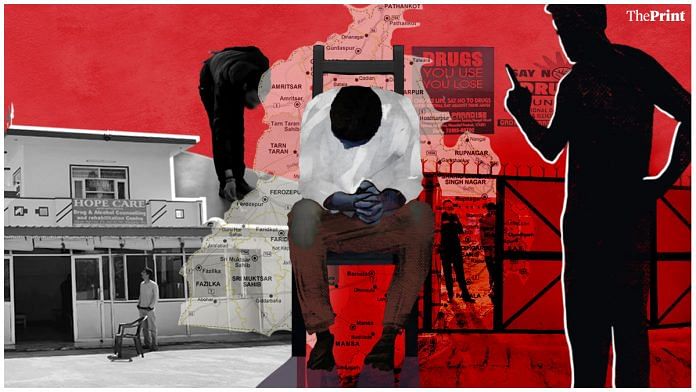Una: “Total consequences”, it was called. Lined up against the wall, and stripped naked, the five young men were allegedly beaten with wooden rods for several hours, their screams filling the corridors.
It wasn’t torture, one of the men were told; rather, they ought to understand it as a kind of pedagogic experience, an education in the inexorable relationship between cause and consequence. The crime: Stealing spoons from the kitchen of the Relief Foundation’s drug-rehabilitation centre.
Later that day, 5 September 2021, 25-year-old Sahil Saini jumped off the rehabilitation centre’s roof. “He was still in withdrawal, depressed, and had been crying, demanding to talk to his family members and to go back home,” one former resident of the centre alleged.
“When he saw the barbaric way in which addicts were beaten, perhaps it tipped him over the edge.”
Physical abuse and dehumanising punishments, an investigation by ThePrint has discovered, are commonplace in rehabilitation centres in Himachal Pradesh. Serving a swelling clientele of addicts from neighbouring Punjab, many rehabilitation centres routinely use torture as a treatment technique — with little pushback from government regulators.
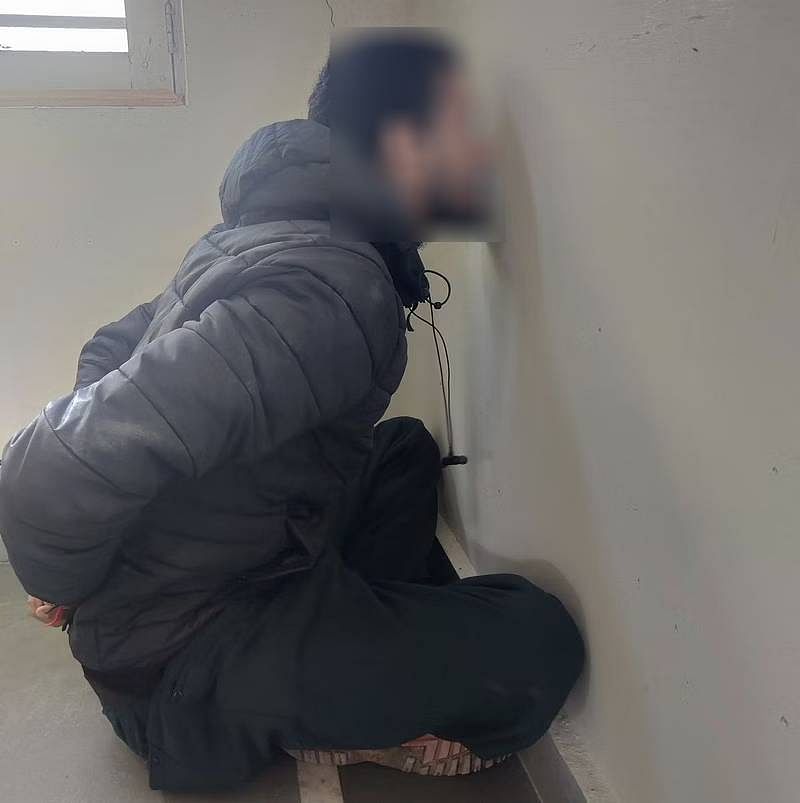
Local authorities have rarely investigated allegations of violence against addicts in recovery, case records seen by ThePrint show. No First Information Report (FIR) was registered in the Saini case, Una police station chief Satwender Singh said.
“There’s no boundary-wall on the roof of the building, so the youth fell to his death,” Singh told ThePrint. “It was an accident.”
The alleged violence at the centre preceding the suicide was never reported to the police.
Also Read: ‘I needed an escape’ – Juveniles are crowding rehabs, but Indians care more about Aryan Khan
‘Rehab centres are nothing less than Bigg Boss houses’
Fenced off from the world by barbed wire, with pitbulls stationed at key locations, some of the rehabilitation centres visited by ThePrint in Himachal Pradesh resembled prisons more closely than hospitals.
“Watery dal, no conversations with family, beatings from the jailer,” Gaurav Parashar, who received ‘treatment’ at one such centre and now works as a programme coordinator at the Integrated Centre for Rehabilitation of Addicts in Una, recalled. “We were prisoners, no doubt about it.”
Aman Singh, a 25-year-old from Punjab, recalled that physical assault was quite routine during his 11 months at a rehab in Himachal Pradesh’s Nanakpur.
“They used to make us stand all night long, strip us naked in front of the entire ward on cold winter nights, keep us in isolation for weeks on end, and make us kneel on the ground for several hours,” he said.
“When I was being tortured in the rehab centre, the only thing that was going through my mind was chitta (heroin) and how I was going to use it the minute I got out of that hellhole.”
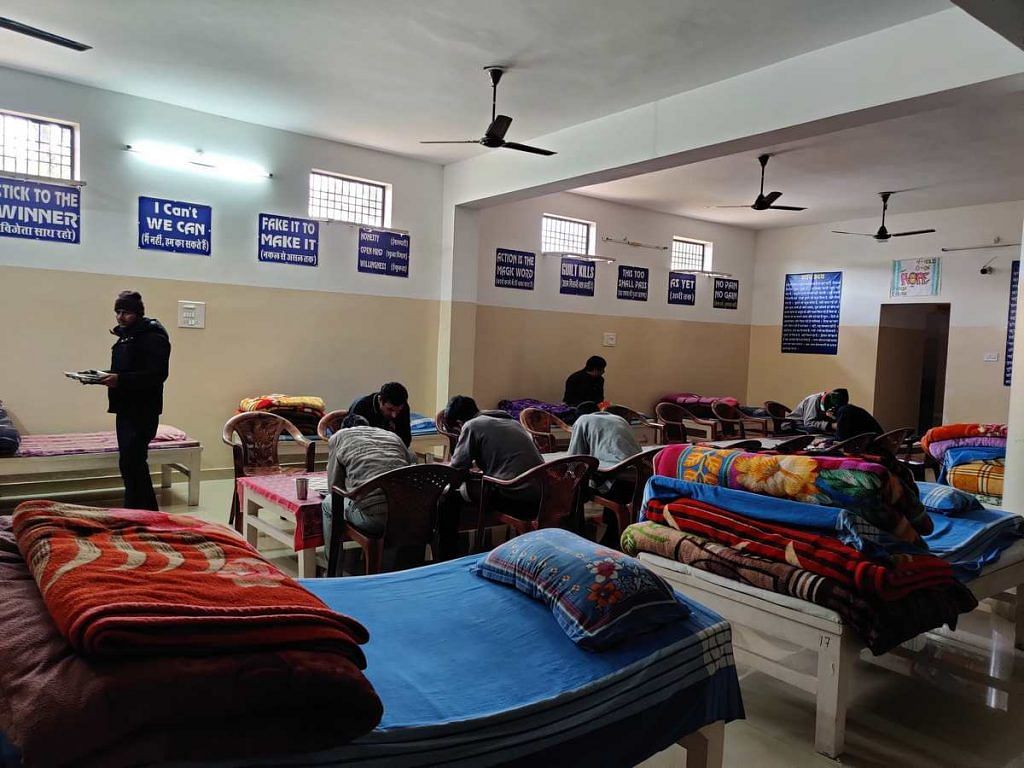
Former patients of such centres told ThePrint they received corporal punishment for small infractions of rules, like not waking up instantly at the first call, forgetting to switch off the light, or simply for looking out of the window for some sunshine. Patients reported that common punishments included kneeling, being stripped, not being allowed to sleep, and beatings with sticks.
“They’re not interested in treating us,” Aman continued. “Their message for addicts is that we’re pieces of c**p who will relapse the minute we leave the centre, and that is what they tell our families. Their philosophy is: If an addict relapses, so much the better, because it’s more business for us.”
Dr Sanjay Pathak, the chief executive officer of Himachal Pradesh’s health authority, said the use of violence against addicts is not only illegal, but also unscientific. Using violence, he added, could lead to the revocation of a treatment centre’s licence.
Managers at rehabs in Himachal Pradesh, though, made no secret of their belief that the use of physical force is effective. “When I was in rehab,” asserted Rohit Solanki, the proprietor of a rehab called Growth Paradise in Una, “these fancy doctors, nurses, and psychiatrists weren’t around. We were brought back to our senses by thrashings.”
“Have you watched Bigg Boss?” he asked. “When inmates make a mistake there, aren’t they punished by Bigg Boss? Rehab centres are nothing less than Bigg Boss houses. There’s nothing wrong with that.”
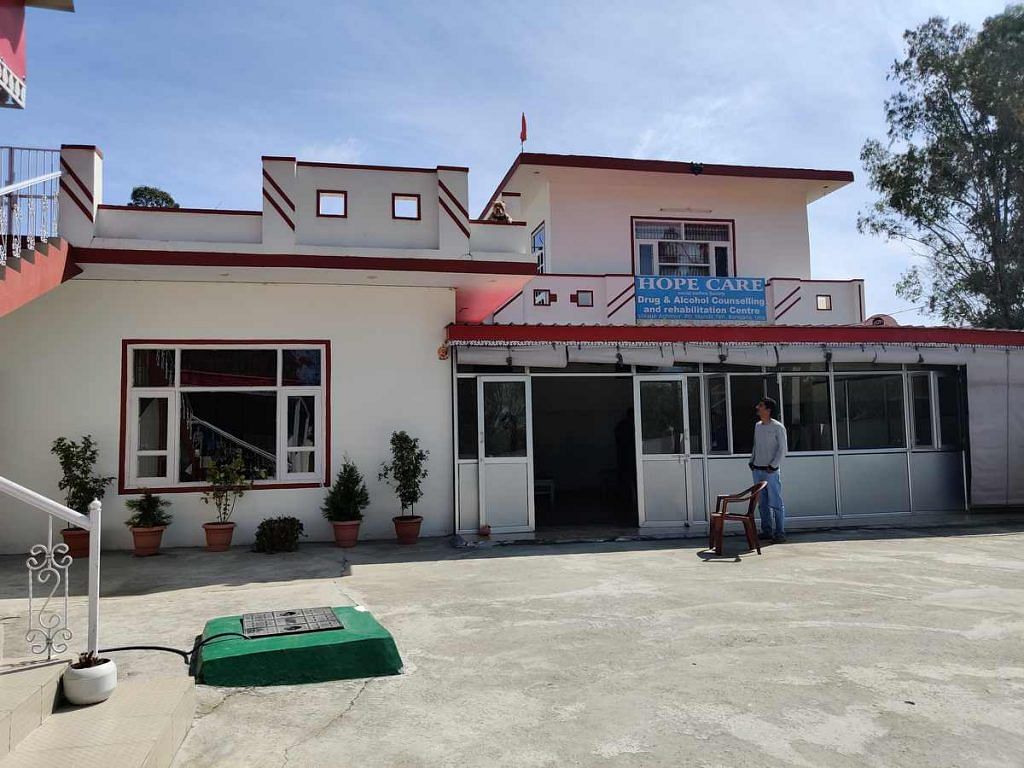
Lack of oversight
Even at rehabs where the proprietors claim to follow a gentler approach, questions about oversight of regulations arise.
“We take the love and care approach to therapy here,” Vishal Puri, the proprietor of the Relief Foundation, where Sahil Saini died, insisted. “No physical punishments are meted out.”
A “recovered” addict himself, Puri said he had faced “torture” at private centres where he was admitted. That approach, he accepted, is outdated and counterproductive.
When asked about the allegations of beating and stripping at his rehab centre, he denied it outright.
“If something like this had happened, don’t you think people at the rehab centre would’ve informed the SP, CMO and SDM when they had come to our centre three days after Sahil’s death?” Puri said.
“It is a very serious allegation, that I strip people naked and beat them up. Nothing like this ever happened. An addict in an inebriated condition has told you something, that doesn’t mean it’s true.”
While the Relief Foundation claims it does not believe in using violence against addicts, at least one of its key staff members has a past record that raises concerns. Relief Foundation’s programme coordinator, Dr Bhushan Pathak, was accused in a 30 September 2021 FIR of assaulting Shourya Thakur, a resident at the treatment facility in Una where he worked earlier.
The station house officer (SHO) of Hardoi Police Station, where the FIR was registered, declined to discuss the status of the investigation. Thakur’s family also refused to talk about the case, saying they had arrived at a monetary settlement.
Dr Sanjay Pathak, who heads the Himachal Pradesh State Mental Health Authority, said he did not have the power to investigate the allegations surrounding the Thakur case. “It is the duty of the police to find out what happened, not us,” he said. “We had handed over the case to the police immediately, and ended Bhushan Pathak’s employment at the Integrated Centre for Rehabilitation of Addicts in Una.”
While former residents of rehab centres spoke at length about the punishments and deprivations they suffered, those who are still in the care of such facilities are a lot less forthcoming.
Many flatly denied that they were subjected to any kind of punishment. It is worth noting, however, that some residents seemed to parrot responses that were expected of them. One resident delivered his story to ThePrint with his hand pressed to his thighs and standing at attention like a child at a school assembly.
Relief Foundation proprietor Vikas Puri, despite the “love and care” approach he professed to follow, made no secret of his low opinion of residents.
“These are addict personalities,” he said. “Don’t be taken in by their innocent faces, because they are dangerous people.”
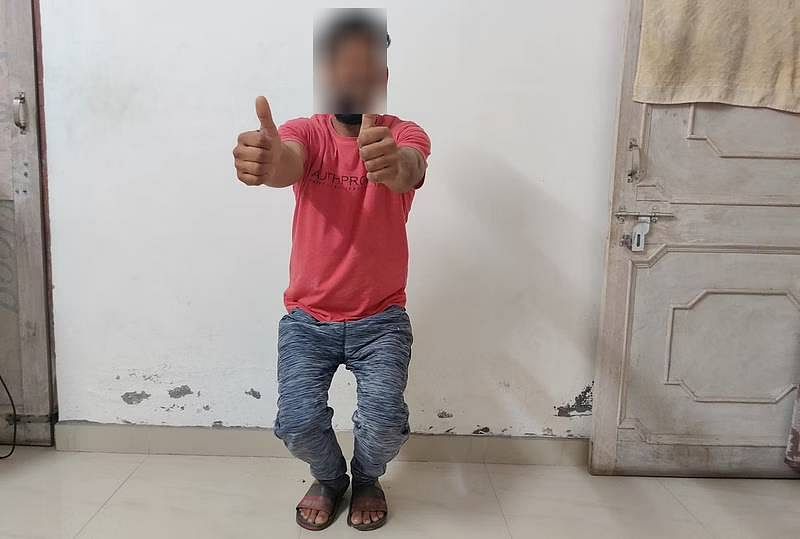
The growth of the rehab industry
Himachal Pradesh has 74 licensed rehabilitation centres, 27 located in Una, just across the border from Punjab.
Gaurav Parashar, programme manager at a state-government-run rehab centre in Una, said most addiction treatment facilities came up after 2017.
This, he explained, was because the former Amarinder Singh government in Punjab “revoked the licenses of a lot of private centres” in the state and “made it difficult to operate centres” there. As a result, many such facilities relocated to neighbouring Himachal Pradesh.
Little government capacity exists, however, to monitor either these institutions or the numerous unregulated centres that have cropped up across the state.
According to the website of the Himachal Pradesh State Mental Health Authority (HPSMHA), 49 applications for centres have been received since 2019. Fifteen “mental health” centres have so far been shut down by the authority for violations of regulations, while nine were closed by their proprietors due to the Covid-19 pandemic.
The HPSMHA was formed in 2019, before which the industry was regulated by the police. The authority has been unable to conduct a thorough mapping of rehabs, because of pandemic-related administrative disruptions.
According to a 2019 report by the Ministry of Social Justice, based on a national survey on the extent and pattern of substance use in India, 27 lakh people in Punjab were in need of help for alcohol use, another 5.7 lakh for cannabis, and 7.2 lakh for opioids. The state, in fact, has one of the highest prevalences of substance abuse in India.
Dr Sanjay Pathak said the HPSMHA is cognisant of the controversies surrounding private centres. Since its inception, the authority has made the process of licensing stricter and introduced reforms. Now, every rehab must have a psychiatrist on call, two psychologists, a qualified social worker, a yoga instructor, a vocational trainer, a peer counsellor, and a nurse on staff.
Few private facilities, though, actually have these resources at hand. A typical private centre, industry insiders told ThePrint, has 15-20 addicts in recovery, and charges anywhere between Rs 7,000 to 15,000 a month. There are also so-called VIP facilities, which charge more than Rs 30,000 a month.
“A VIP treatment is not any different,” Parashar chuckled. “You’ll just end up sharing your room with two or three people instead of 10, and might get thrashed a little less.”
Also Read: Neither ‘udta’ nor ‘padhta’ Punjab. Question is how India’s no. 1 state in 2003 fell to 13



